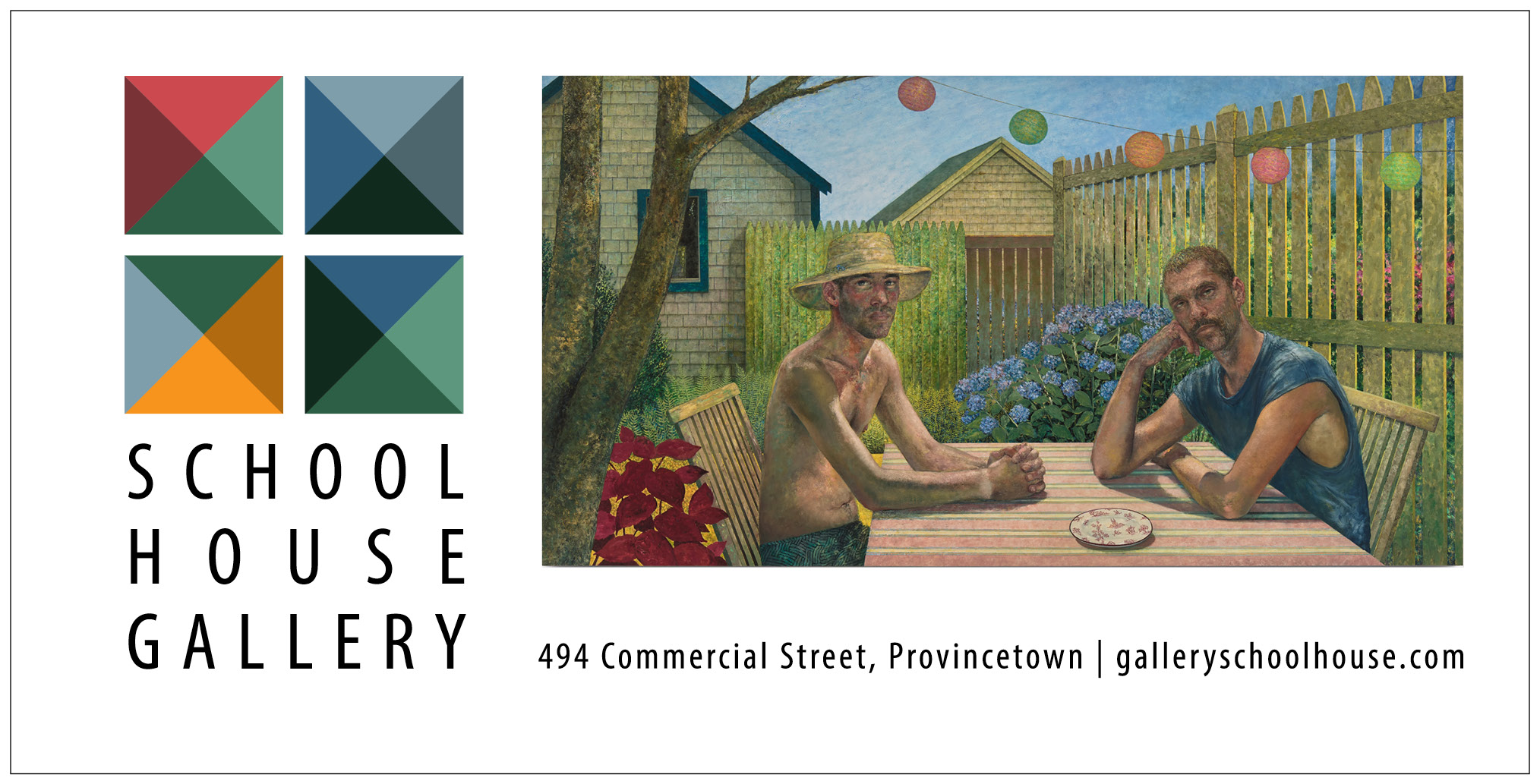Story and drawings by Abraham Storer
If you’ve ever driven up Bradford Street in Provincetown, you’ve likely seen Reed Boland’s garden — or part of it. The tiered landscape stretches from the street to his house at the top of a hill. This time of year,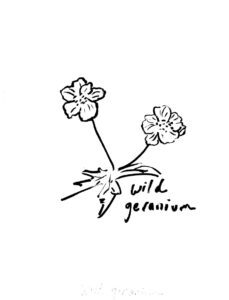 purple dominates: There is an abundance of lunaria — the “money plant” — an early bloomer; rich-hued columbines, with their bell-shaped flowers; and wispy hesperis, topped with delicate pale-purple flowers. Lilacs of all shades hover above the flowers, and wisteria hangs over the doorway, perfuming the air. Throughout the season the palette shifts. Warmer colors dominate when the daylilies and roses start blooming.
purple dominates: There is an abundance of lunaria — the “money plant” — an early bloomer; rich-hued columbines, with their bell-shaped flowers; and wispy hesperis, topped with delicate pale-purple flowers. Lilacs of all shades hover above the flowers, and wisteria hangs over the doorway, perfuming the air. Throughout the season the palette shifts. Warmer colors dominate when the daylilies and roses start blooming.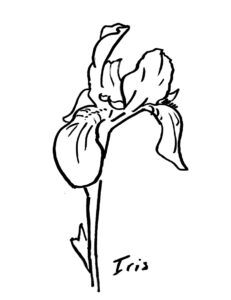
For 25 years, Boland has been diligently developing his beds, which surround the house with a dizzying variety of flowers, shrubs, and trees. Behind the house is one inspired by English country gardens; it features perennials and overlooks Provincetown Harbor. On a sunny day in late May, Boland took me on a tour — before heading off to buy more plants.
Q: How did you get started gardening?
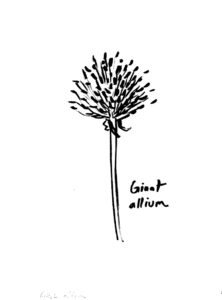
I didn’t grow up gardening. A friend introduced me to it probably 35 years ago. I was living in Cambridge, but the grounds were very shady. One of the reasons I bought this house 25 years ago was that there was so much land to garden. Now that I’m getting older, I wonder if I bit off more than I can chew.
I found it peaceful and fulfilling to create something. I’m not an artist, but this is my form of art.
Q: What’s your gardening routine?

In the early spring I am mostly cleaning out leaves and pulling up weeds. It can take a couple of weeks to go through the whole garden section by section. Then, during the season, I go through the garden about once a month focusing on weeding, fertilizing, and planting. I usually work in the afternoons, and I have some help from a tenant and roommate who both pitch in.
Q: Are there any good weeds?
Money plants are one. I like the purple color, and it blooms early. I finally recognized the shape of the leaf and let them grow. I’m also experimenting with Queen Anne’s lace. I left it in the garden rather than pulling it all out this year.
Q: How did you design your garden?
I didn’t start with an initial concept. I just planted things and then would move them around and make sure I had backdrops. Gradually a structure imposed itself. Eve Archer, who had a nursery in Provincetown, helped me a lot. I hired her after she sold the nursery, and she worked with me until she died seven years ago.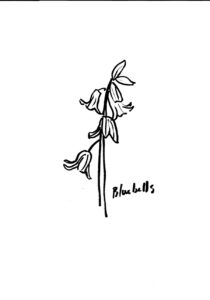
I’ve always admired English country gardens, and I try to approximate that in the back of the house where I have more sunlight, although the climate here isn’t perfect. They have big perennials and lots of color and are slightly wild. I don’t like French gardens — they’re too set out in squares.
The front garden faces northeast and is shadier. It’s more of a wild woodland garden — I tend toward wild. I have a lot of plants that self-sow each year and come back in different places. I have a good collection of foxgloves and hesperis that all do that.
Q: What might you add this year?
When I go to a nursery, I’m looking for things I know I need, but I also like finding rare things or things I haven’t seen before. It’s always nice to be surprised. This afternoon I’m buying some lavender and phlox. I love lavender, but what I have looks like it pooped out. The creeping phlox really bloom well this time of year. It’s a pretty showy plant; I want some to spill over the ledges.

Q: Do you have favorites?
I love the roses. I have shrub roses in all different colors. I grow them in a sunny section of the garden. The neighbors had a big maple tree, but they cut it down, and now there’s a lot more sun.
Q: What about vegetables?
I’d have to use the sun for that, and I’d rather have the sun grow roses. I’m quite content with flowers.

